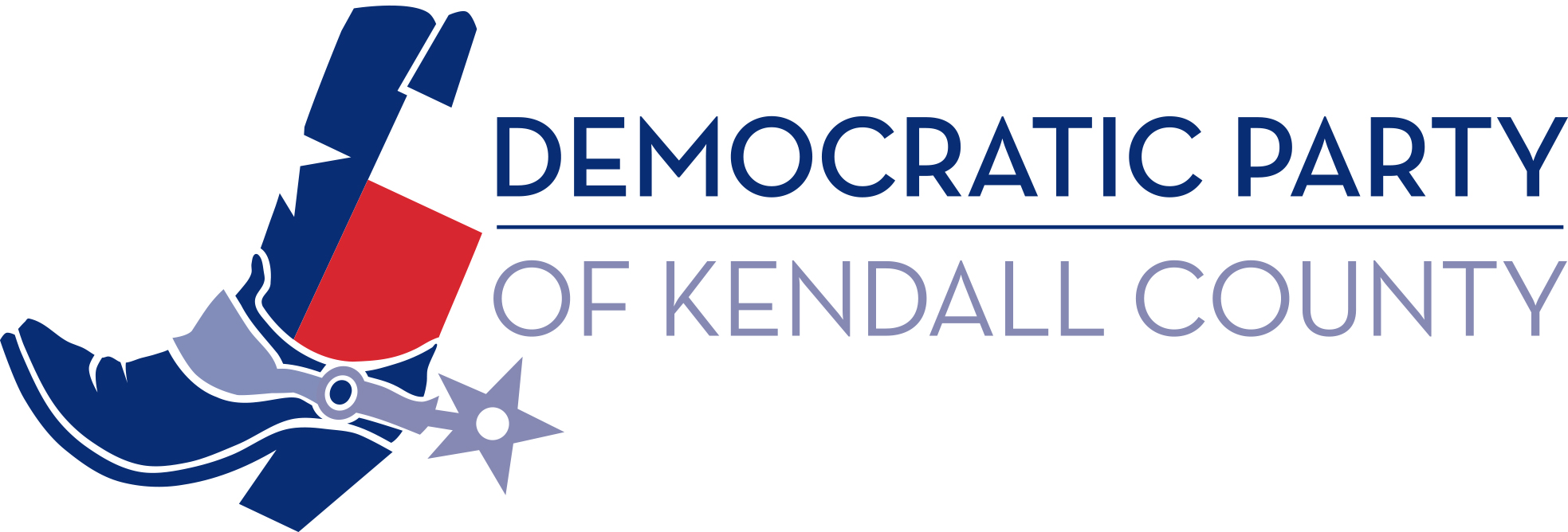by Steven M. Smith, Ph.D.
for the “Progressive Views” column, Boerne Star, December 28, 2018

Throughout Texas an educational deficit looms that will force traumatic reductions in educational quality and in some cases closures of some school districts. Currently, according to the Texas Education Agency, there are 15 school districts in the state that are facing an economic crisis; that is budget shortfalls of $2 million to $15 million dollars per district.
While districts have continued to slash expenditures and curtail programs over the past decade revenues have continued to decrease and state support of public school systems now appears to be non-existent. Over the past two decades the community college system in Texas has suffered financial reductions in revenues and five closures as well. Why has our public school system and community college system in Texas been allowed to fall into a brink of financial disaster?
The majority of these school districts and community colleges cited are located in rural areas of the state where property taxes are reduced by way of agricultural exemptions. This leaves local districts faced with the unpopular option of raising county taxes or depending on the state for subsidies.
The state attempted to remedy this educational deficit after the failure of the ‘Robin hood Plan’ by enacting into law the Additional State Aide for Tax Reduction, or ASATR. The Texas Tribune reported that the state aid program created by the legislature in 2006 funded $5.5 billion into revenue-deficient school districts; however, by the end of this fiscal year the amount has fallen to $400 million and is set to expire. School districts such as Snyder, Glen Rose, Kelton and Carthage among others are on the chopping block.
Moreover, there is something more disingenuous at play. The majority of the populace of those areas where community colleges have closed and school districts are in economic crisis are at or below medium income levels. Students exiting the public school system historically relied upon community colleges to provide vocational training and or to attain the basic core requirements to matriculate to a 4 year university. Without familial financial means to send those students wishing to pursue a post-secondary education away from home they are literally without opportunity. This is disingenuous because those areas appear to be neglected due to social-economic and or racial bias and the redistricting efforts aimed at those counties serves to contain and limit educational opportunities.
However, the regressive Republican conservative right has an agenda to solve this education deficit: charter schools. Charter schools enjoy legal status in Texas and are funded with taxpayer dollars but are privately run. The difference between public schools and charter schools is intentional. Charter schools were designed, as former Texas Supreme Court Justice Don Willett wrote in the construction company opinion, to “operate with greater flexibility than traditional public schools, in hopes of spurring innovation and improving student achievement.” Thus, the regressive Republican agenda is set as precedent. While public schools are mandated to accept all students regardless of economic status, race, academic acuity, or developmental disabilities charter schools are not. Charter schools may set their own admission criteria.
To further deplete public school funding for the first time, Texas charter schools will receive state funding to pay for leasing and maintaining buildings and facilities, thus expanding their access to the state’s limited money for public schools. In August 2017 the 85th Legislature passed House Bill 21 that included up to $60 million annually for charter facilities funding beginning in fiscal year 2018-19. While impoverished districts are struggling to maintain existing equipment and facilities charter schools are enjoying a gift from legislators of $60 million annually. Traditional public school districts primarily pay for facilities through bonds repaid with local taxes; however, charter schools do not.
The greatest advocate for charter schools is Betsy DeVos, appointed to head the Department of Education and who has no experience as neither an educator nor an educational administrator. In all sorts of ways this regressive right meritocracy is closed and self-sustaining.
A study, cited by The Economist, reported that from 1999 to 2013 America’s most prestigious universities admitted more students from the top one percent of households by income than from the bottom 50%. From 1980 to 2015 university fees rose 17 times faster than median income.
If one connects the dots from Pre-K to a bachelor’s degree it is obvious that only the privileged will be afforded a quality education, if any at all. Educational Eugenics.



